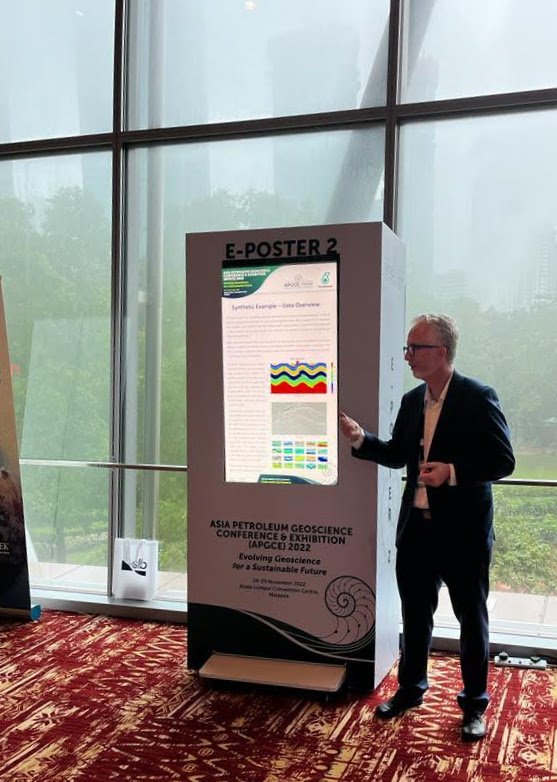Watch the video
AAPG ERC 2023: Complex-structure seismic processing on the Ioannina Block

Rogers, R. K., Konstantopoulos, T.A., Gouliotis, L., Carbonara, S., and Vestrum, R.W, 2023, Complex Structure Seismic Processing with Model Moveout: Case study of the Ioannina Block, NW Greece, AAPG ERC 2023, Cyprus
Ioannina Block is a fold-and-thrust belt located onshore NW Greece that contains fault systems and complex deformation making seismic imaging extremely difficult. Time and depth processing of ten 2D seismic lines totaling 400 km was undertaken by a team of Geoscientists from Energean and Thrust Belt Imaging. The strategy for successful seismic imaging relied on a collaborative approach integrating a seismic processing workflow that tackled each of the key processing challenges with the structural knowledge and expertise of Energean Geoscientists.
This presentation focusses on three key steps, Time Processing, Anisotropic Depth Imaging and Anisotropic Depth Imaging with Model Moveout.
Time Processing corrects for near-surface weathering effects through statics corrections and is the starting point for depth velocity model building.
Depth Imaging allows for the seismic signal to be observed in true depth from surface. To achieve this, an accurate rock velocity model is required along with the parameterization to correct for anisotropy. Building the depth velocity model and collaboration with the Geoscience team is discussed.
Depth Processing with Model Moveout was used to further improve the final image.
In place of the time statics the weathering layers are dealt with by first superimposing the Near Surface Velocity Model onto the depth velocity model and recalculating the residual statics using data that has been flattened with Model Moveout, a more accurate method than the standard approach of NMO.
A collaborative approach between TBI and Energean Geoscientists combined a careful analytical data driven approach with a structural, geologic perspective resulting in improved seismic imaging as compared to previous efforts.




